About Kurdistan
Geology and landscape
From about 600 million years to 20 million years the Kurdistan region has been submerged in the Neo-Tethys Ocean. As the ArabicAfrian plate collided with the Eurasian plate the ocean floor was lifted and folded, forming the Zagros Mountains. While travelling through the mountains, the limestone layers of the old Tethys Ocean floor are clearly visible.
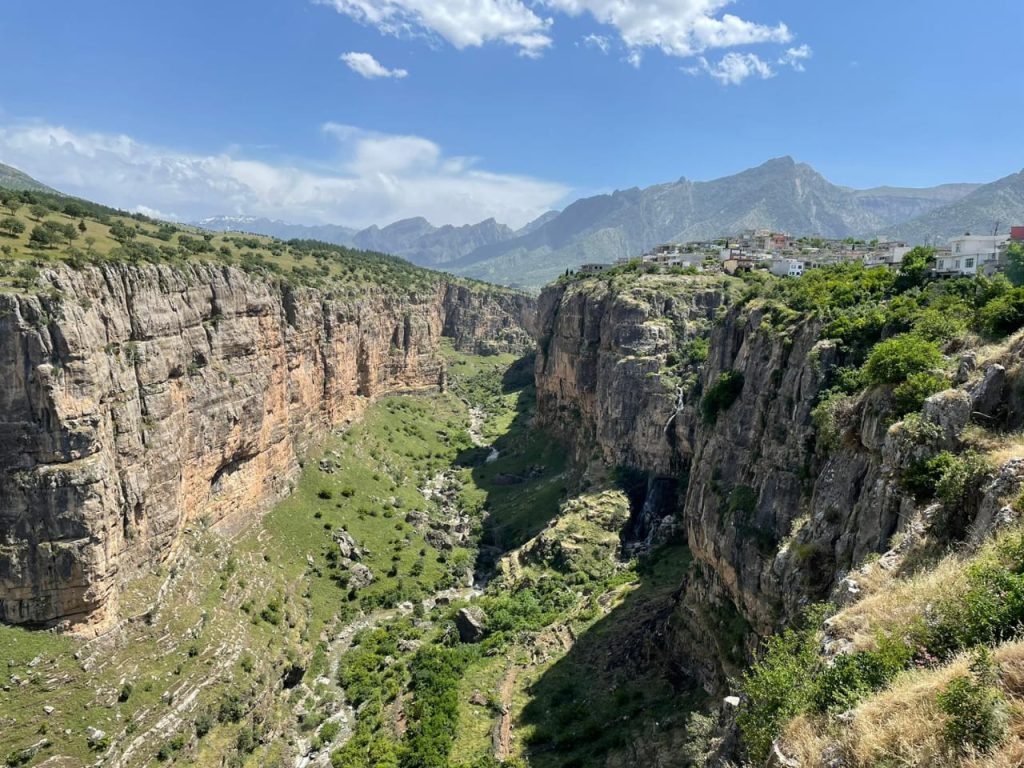
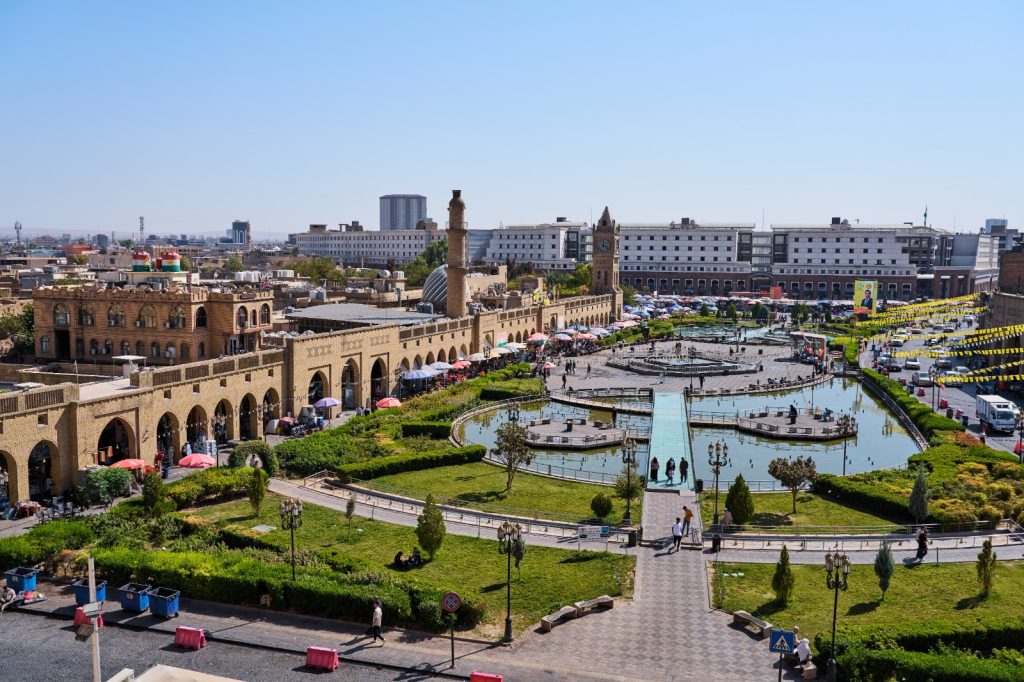
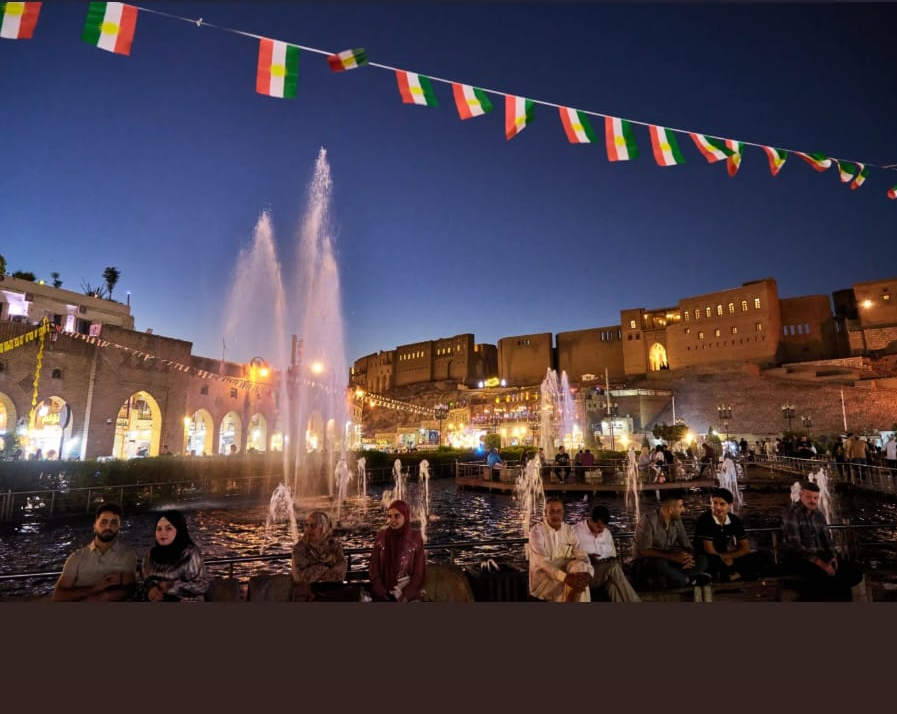
erbil
History:
The Erbil Citadel is about 7000 years old and is one of the oldest permanently inhabited places in the world. It is a UNESCO World Heritage Site. The city mound or “tell” it stands on is formed by the accumulation of debris from the building and collapsing of the mud-brick houses over time. Over its long history, it has been sieged and concurred many times, with some of its residents burying their valuables in the mound. As a consequence, it probably contains a lot of ancient treasures and digging there is strictly prohibited.
Cultural Experience:
The city offers a vibrant atmosphere with friendly locals, traditional tea houses, and bustling markets.
Modern Amenities:
Despite its ancient roots, Erbil is a modern metropolis with shopping malls, restaurants, and residential areas.
Safety:
As the capital of the autonomous Kurdistan region, Erbil has experienced peace and stability, making it a very safe travel destination.
Rawanduz
Rawanduz is a city and district in the Erbil Governorate of the Kurdistan Region in northern Iraq. It is situated in the Zagros mountain range, near the borders with Iran and Turkey, about 123 km from the city of Erbil. The area is known for its dramatic mountainous landscape, deep river gorges, and being a historic hub.
Rawanduz Canyon is considered well worth visiting for its stunning natural beauty, including unique landscapes, canyons, and waterfalls. It’s an ideal spot for activities like hiking, picnicking, photography, and enjoying the outdoors amidst picturesque scenery.
There are also other nearby attractions like the Gali Ali Beg and Bekhal waterfalls.


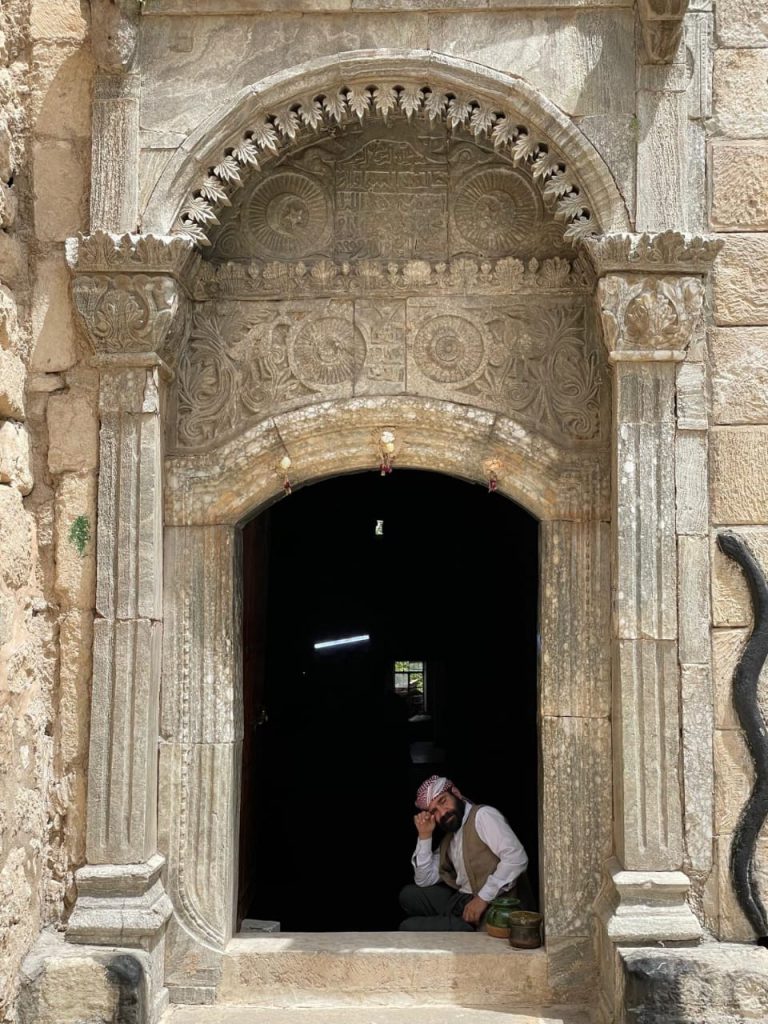
Lalish Religious complex and tempel
Lalish is a tiny mountain village in Kurdistan. It is to the Yazidis what Mecca is to Muslims.
Located 125km north-east of Erbil (the capital of Kurdistan, an autonomous region of northern Iraq), lies the hamlet-sized shrine complex of Lalish, the holiest site of Yazidism, an ancient religion with an estimated 700,000 followers worldwide.
The site is assumed to be 4,000-year-old by Yezidis and is also open to non-believers. It consists of a number of shrines featuring distinctive fluted, conical spires, the most revered of which contains the tomb of Sheikh Adi ibn Musafir, considered the founder of the faith.
The exact origins of Yazidism are a matter of dispute, but according to Yezidis it is thought to date back more than 7,000 years. Over time, it has come to incorporate elements of other faiths,
including Zoroastrianism, Sufi mysticism, Christianity and Judaism.
Yazidism’s principal beliefs are that there is one God (“Kuda” in Kurdish) who created humankind, while all other living beings were the work of seven angels led by the ruling Peacock Angel named Malak Taus.
The snake is particularly symbolic for Yazidis who believe that after Noah’s Ark sprang a leak when it came to rest on the peak of Mount Ararat, a serpent plugged the hole with its body and saved the ship from sinking and all those on
board from drowning.
Khinnis
The Assyrian archaeological site of Khinis, also known as Bavian, is a 2,700-year-old engineering marvel in northern Iraq built by King Sennacherib around 690 BC. It was the head of a vast hydraulic system designed to supply water to the capital city of Nineveh. The site features impressive rock reliefs carved into the cliff face, including depictions of the king, gods, and mythical creatures like the winged bull (Lamassu), as well as cuneiform inscriptions documenting the project.
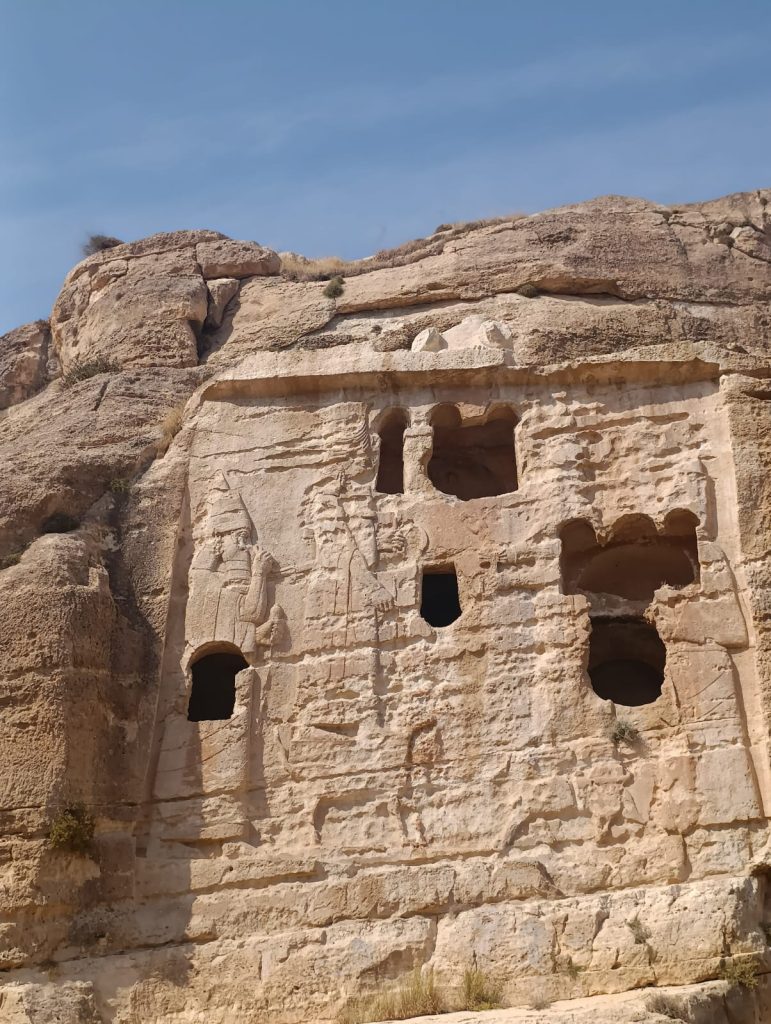
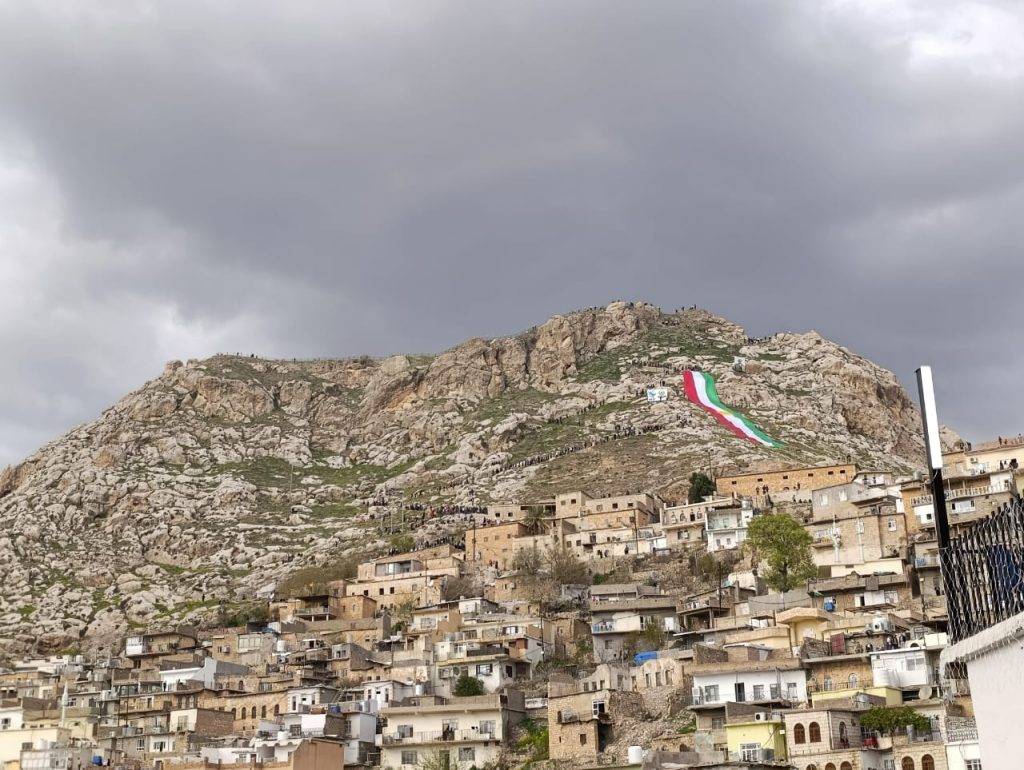
akre
Akre, also known as Aqrah, is a historic city located in the Kurdistan Region of northern Iraq, nestled in the mountains. It is an ancient city, possibly one of the world’s oldest continuously inhabited villages, known for its traditional stone houses, narrow streets, and beautiful mountain setting. Akre is particularly famous for its vibrant annual Nowruz celebration, which makes it the “Nowruz Capital of Kurdistan
Shanadar cave
Shanidar Cave, located in the Zagros Mountains of Iraqi Kurdistan, is a significant archaeological site famous for its discovery of Neanderthal remains dating back 35,000 to 65,000 years. Excavated by anthropologist Ralph Solecki in the 1950s, the cave has yielded ten Neanderthal skeletons, including adults and infants, and offers evidence of purposeful burials, care for the injured, and possible compassion among Neanderthals. The site also contains Paleolithic and Neolithic artifacts, providing a continuous glimpse into ancient human life and making it a global tourism destination.

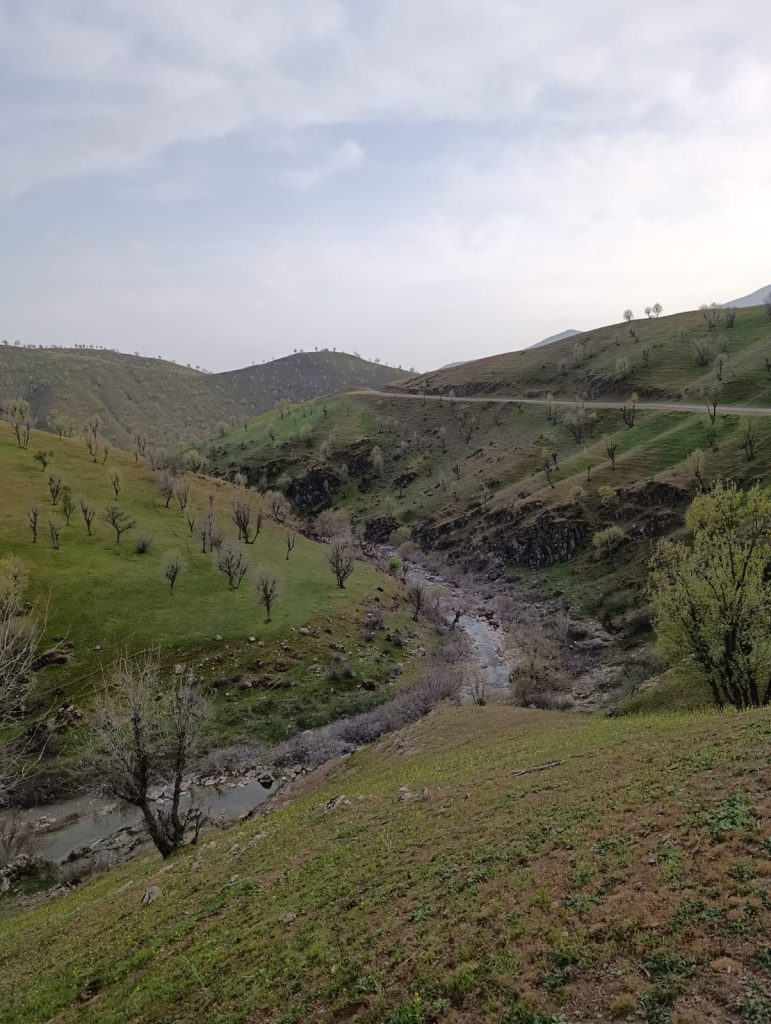
barzan
Barzan is worth visiting for its stunning natural beauty, scenic landscapes, and rich cultural heritage, including the historical significance of the Barzan area and the impressive Dore Canyon. It offers visitors a chance to experience nature, go hiking, and connect with the local Kurdish culture through unique homestays and authentic cuisine.
Dayro d-Mor Mattai monastery
Mar Mattai Monastery was founded in 363 AD by Mar Mattai, a Syriac hermit who fled persecution under the Roman Emperor Julian the Apostate. Located on Mount Alfaf in northern Iraq, it became a significant center for Syriac Orthodox Christianity, housing a renowned library and playing a crucial role in the region’s spiritual and intellectual history for centuries. The monastery has also served as a place of refuge for Christians facing persecution.
The monastry is still in use by monks from the Syriac Orthodox Church. While they are usually welcoming to Christian visitors, access to the monastry cannot be granted. Most monks speak Syriac as their native language, which is a dialect from the ancient Arameic language, the native language of Jesus.
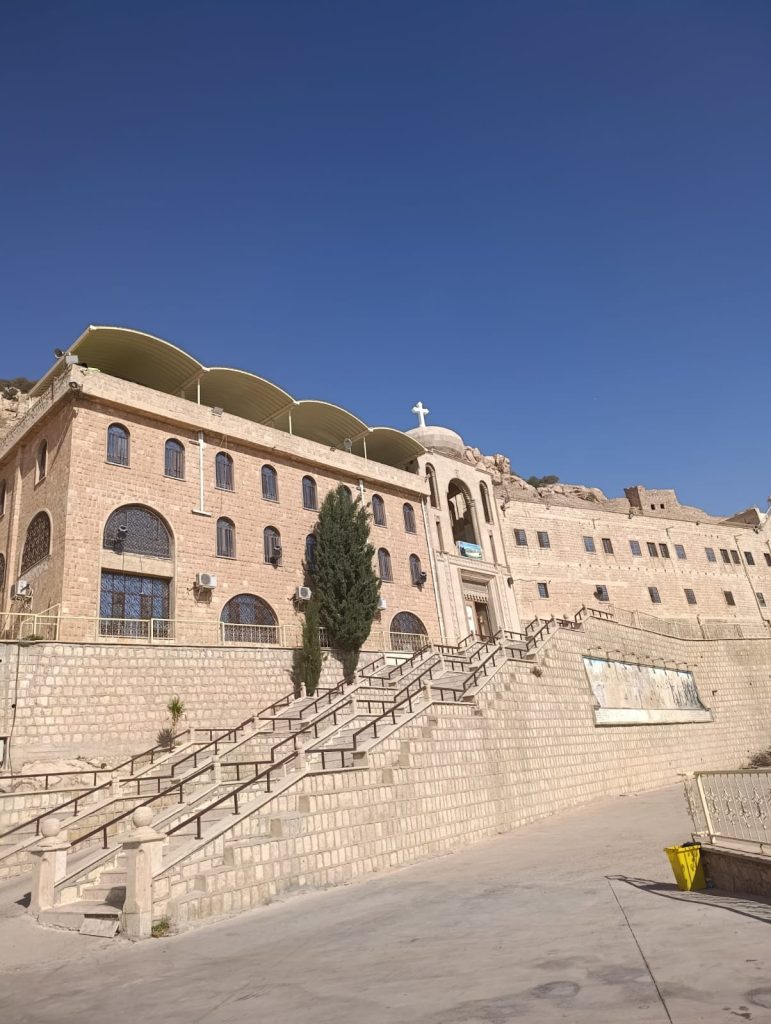
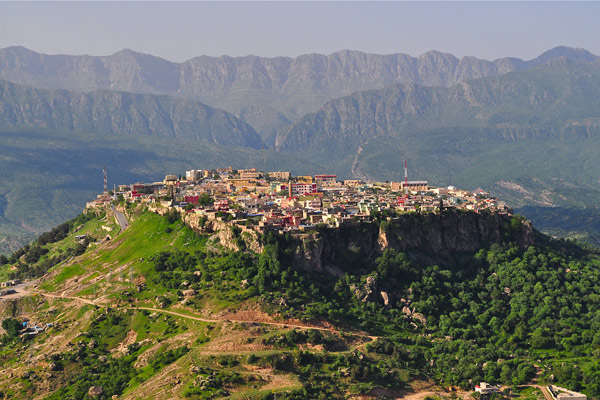
amedi
Amedi is ancient mountaintop city with a Parthian gate and rock carving, and ruins of a Zoroastrian temple.